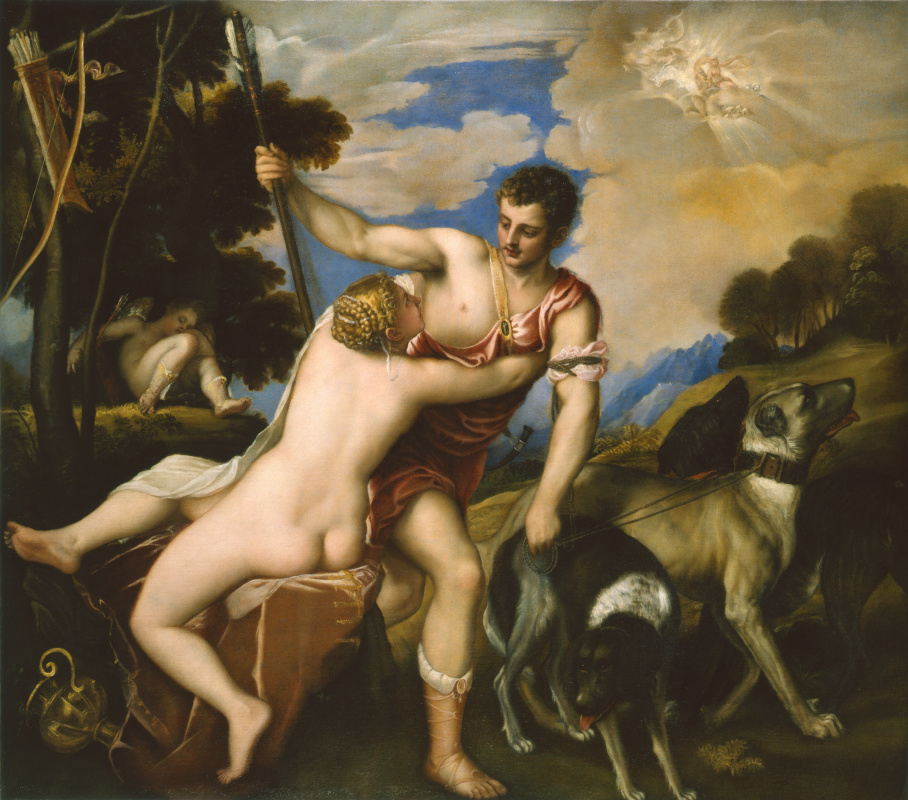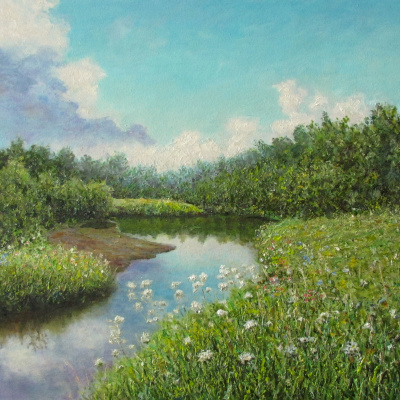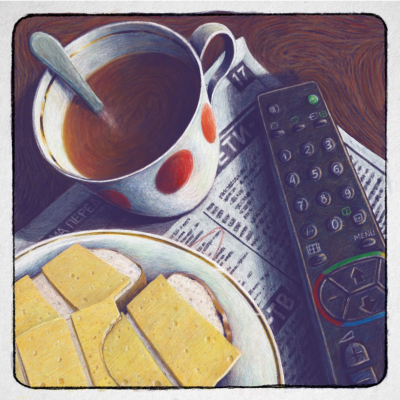The history of art is the story of the past, but every year it is painstakingly enriched by those who live in the present. In 2017, we got a new idea of the early years of Leonardo da Vinci and the latest work by Raphael, researchers have found artworks by Rubens and Rodin, did the "Magritte Jigsaw Puzzle" and revealed a fake Malevich. Here are the eight biggest discoveries of the year in the art world.

1. Mother of Leonardo
This year, the name of Leonardo da Vinci is widely heard not only thanks to the sale of his Salvatore Mundi. In June, Martin Kemp, the Professor of the History of Art at Oxford University, caused a sensation in the art world by publishing the book about the mother of a painter. The personality of this woman has always been shrouded in mystery; we only know that her name was Caterina. Now, her life story has become more complete, thanks to the financial documents of the 15th century, unmarked by other art critics.
The Madonna of the yarnwinder (detail)
1510, 50.2×36.4 cm
It turned out that the mother of the author of the world’s most expensive painting was Caterina di Meo Lippi, a poor and vulnerable orphan. She had been living with her grandmother in a decrepit farmhouse, about a mile from Vinci in the Tuscan hills. She was only 15 when she was seduced by a 25-years-old ambitious lawyer Pietro da Vinci who worked in Florence.
2. Buckingham's Portrait
In September, art critic Bendor Grosvenor from BBC4's Britain’s Lost Masterpieces announced a startling discovery: the portrait of Duke Buckingham by Peter Paul Rubens, which was believed to have been lost for 400 years, was found in Scotland. Previously, the picture from the collection of the Pollock House Museum in Glasgow was considered only a copy.
Portrait of George Villiers, Duke of Buckingham
1617, 63×48 cm
The work seen by Grosvenor during his usual visit to the museum with his wife and daughter turned out to be a preparatory sketch
for a large canvas, which was executed by Rubens in 1625 and burned down in 1949. The "House of Rubens" in Antwerp has confirmed the attribution.
3. Raphael in Vatican
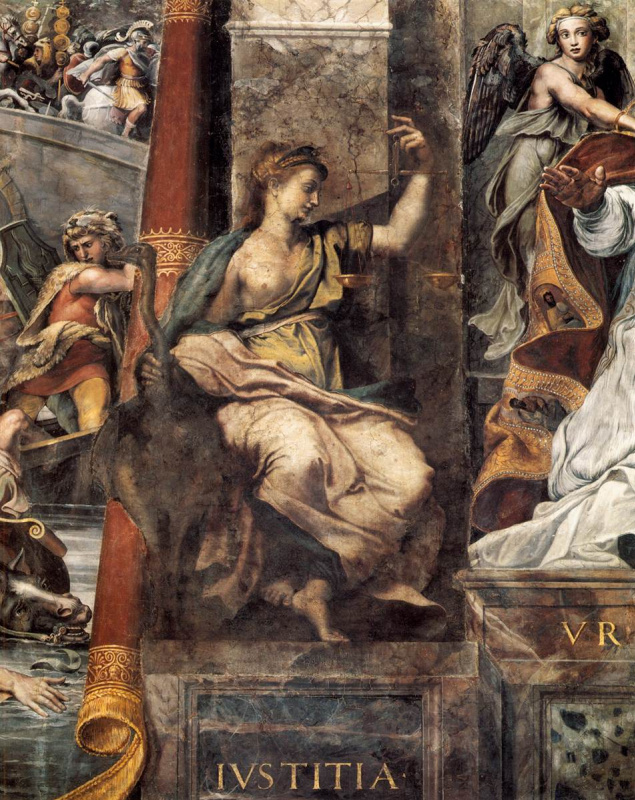
This mystery is 500 years old. Two paintings by Raphael were discovered during the cleaning and restoration of the Hall of Constantine in the Vatican Museums. Probably, these were the last works by one of the Renaissance masters, made shortly before his death in 1520 at the age of 37 years.
The female figures, personifying Justice and Friendship, were painted by Raphael about 1519. He painted the personal apartments of Pope Julius II, but he died before he finished the work. After that, other artists worked on the walls, and these two paintings were forgotten. The unconventional technique and strokes typical for Raphael differentiate them from other frescoes.
4. Rodin's Napoleon
The bust of Napoleon looked at members of the Madison, New Jersey’s borough hall for more than 80 years, but they did not realize that it was the work by Auguste Rodin. Only in 2014, 22-year-old Mallory Mortillaro was drawing up the inventory and discovered the signature of the French sculptor.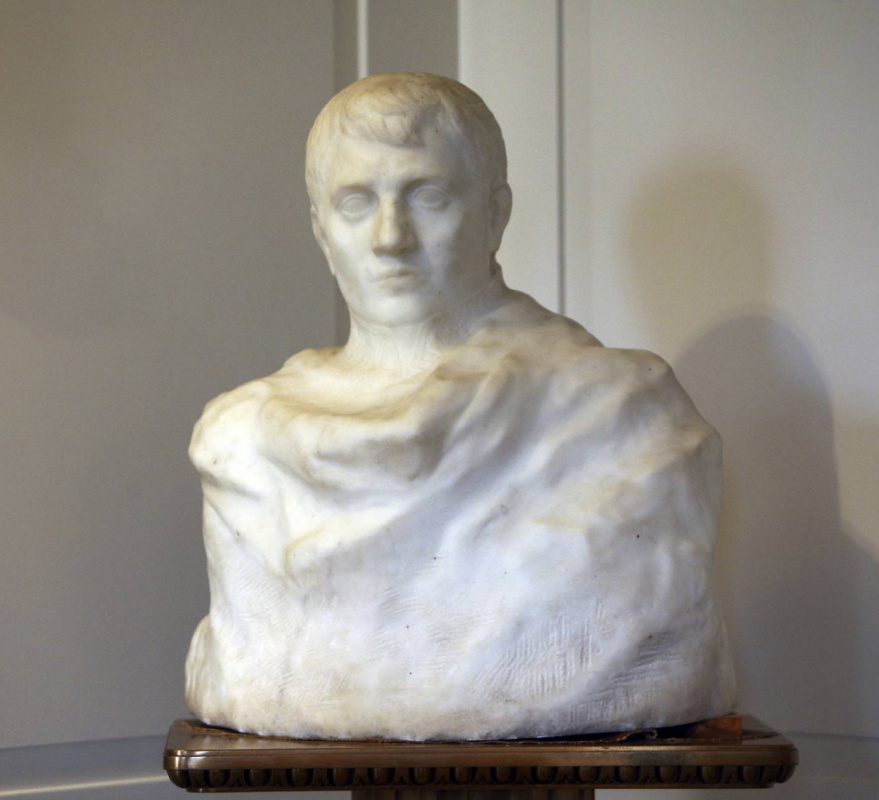
The bust Napoleon wrapped in his dreams (ca. 1910) by Auguste Rodin
5. Titian in Russia
Russian experts also contributed to the discoveries of 2017. They found out that the painting Venus and Adonis, previously sold to a Russian collector as a work of an unknown Venetian master, is the work of Tiziano Vecellio.
Venus and Adonis
1540-th
, 175.5×198 cm
The discovery of the expert Viktoria Markova was confirmed by world researchers. Moreover, the X-ray examination revealed that it was the "Russian" version to be the first in the series of the canvases with the same name painted by Titian. Prior to this, it was believed that the "first prize" belonged to the painting in the Prado Museum.
6. Magritte Jigsaw Puzzle
In Belgium, the fourth and last fragment of the lost canvas by the surrealist René Magritte "La Pose Enchantée" (1927) was found. The roentgenogram showed that the artist had painted a later work "God is not a Saint" (1935 — 1936) over it, which now belongs to the Magritte Museum in Brussels.
The Rene Magritte’s painting "La Pose Enchantée" (1927) can only be restored in digital form now
7. Bazille's Secret
The picture by Frédéric Bazille Young Woman at the Piano was found just in the same way. During the preparation of a major world retrospective of the Impressionist artist, restorers of the National Gallery of Art in Washington discovered the composition under one of his last works, Ruth and Boaz.
The X-ray image showed that there is the Young Woman at the Piano under the upper layer of the Ruth and Boaz. Photo: Fabra’s Museum
The Young Woman at the Piano is the first painting that the aspiring artist wanted to present in the official Paris Salon. It was rejected; this may be the reason why Bazille decided to destroy the artwork.
8. Fake Malevich
Unfortunately, some art discoveries of 2017 were not so joyful. The museum staff in Düsseldorf were bitterly disappointed to learn that the painting Black rectangle, red square, which had been considered the work of Kazimir Malevich, was a fake, made later.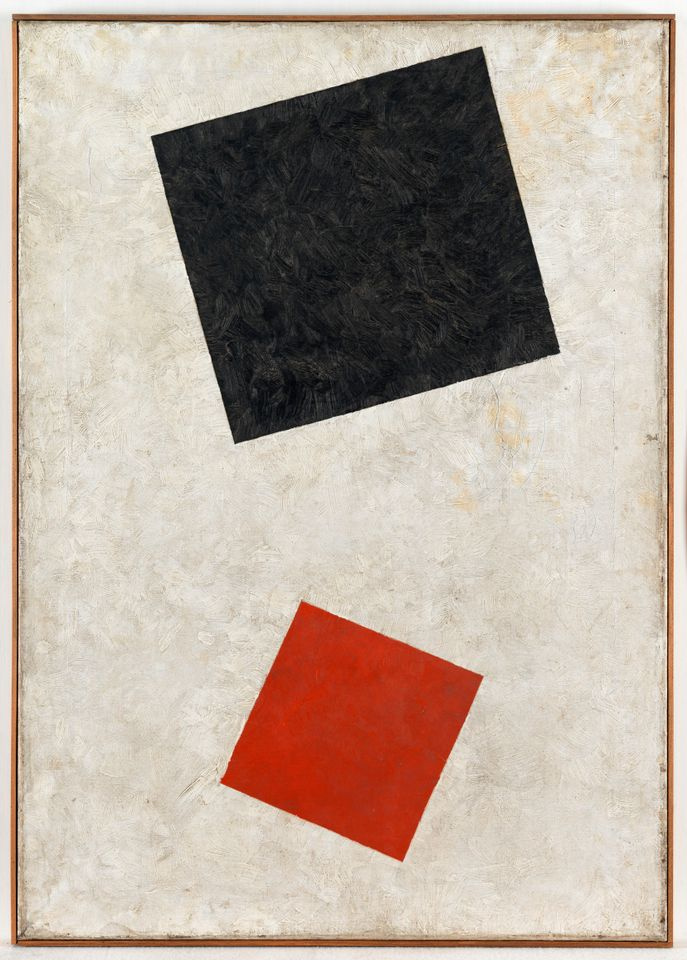
The picture Black rectangle, red square, which was attributed to Kazimir Malevich, turned out to be a later fake
A private foundation was innocent of wrong intention when gave the museum this canvas. However, the examination showed that it was created about 1972−1975. Now, 40 drawings are being tested, which were presented to the public collections along with this composition.
Arthive: see us on Instagram












